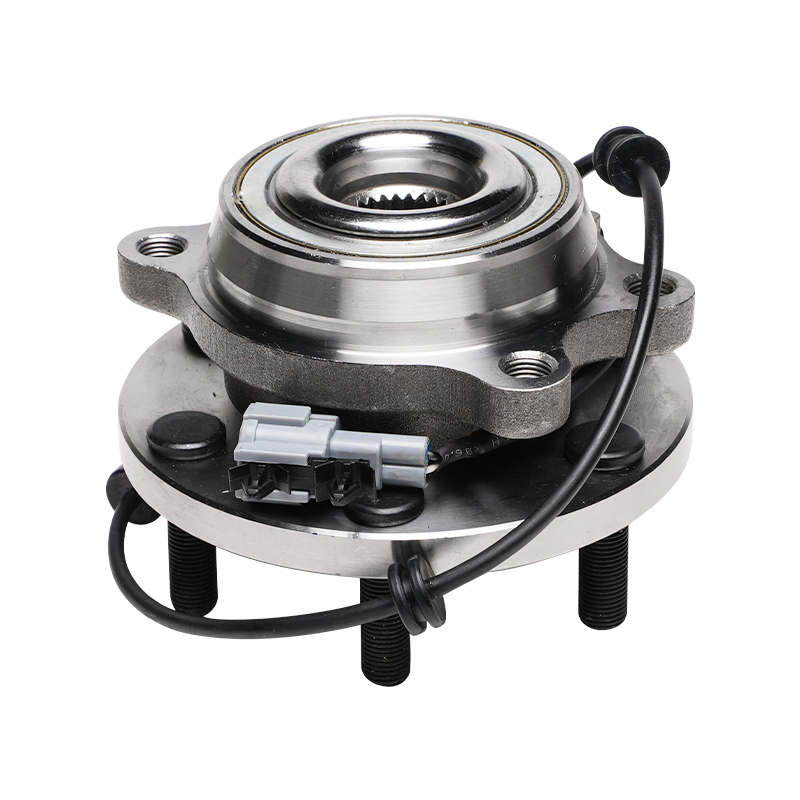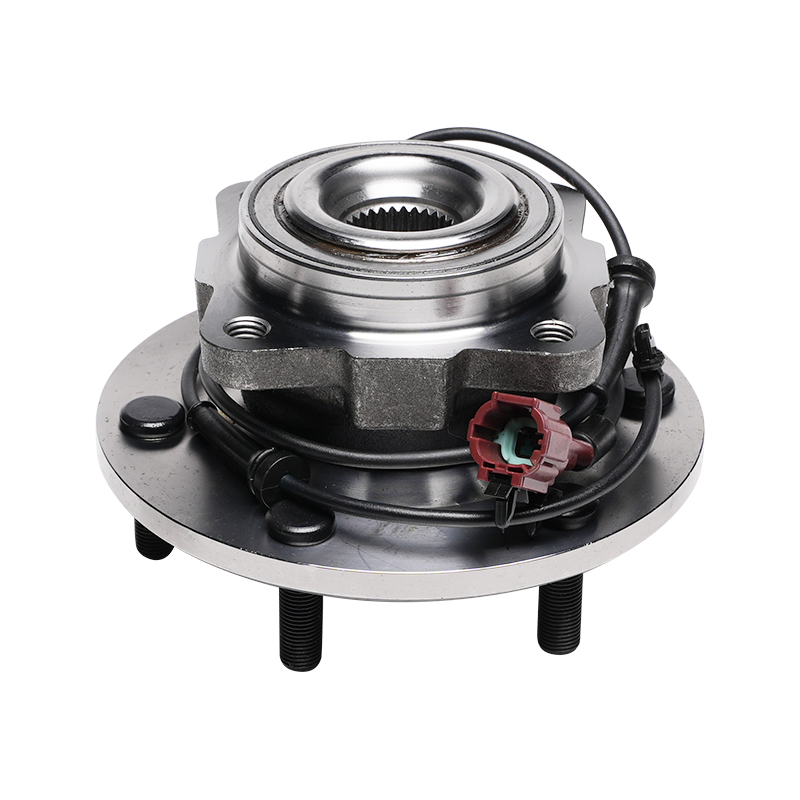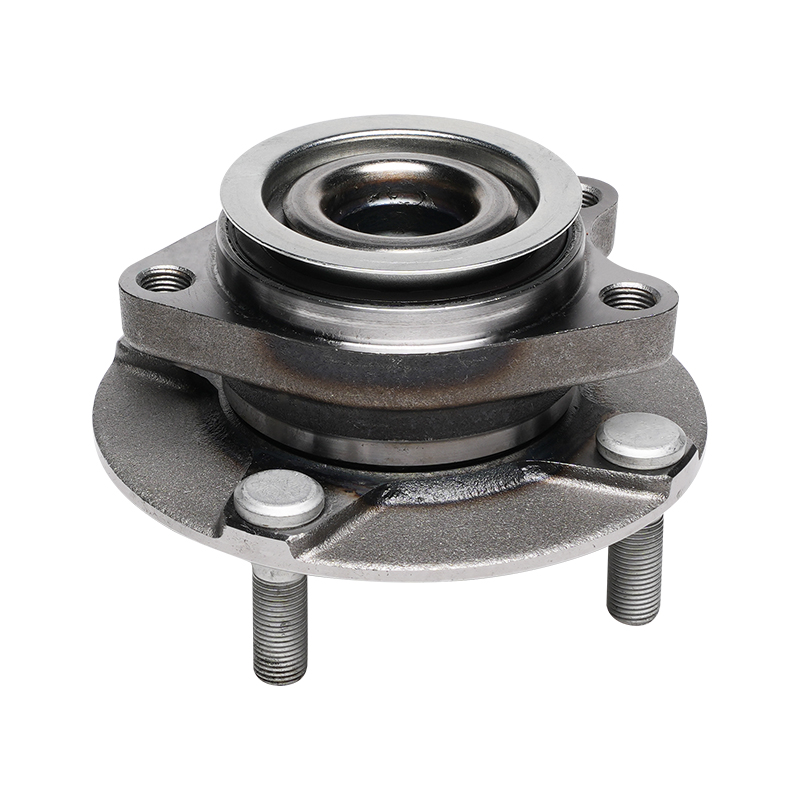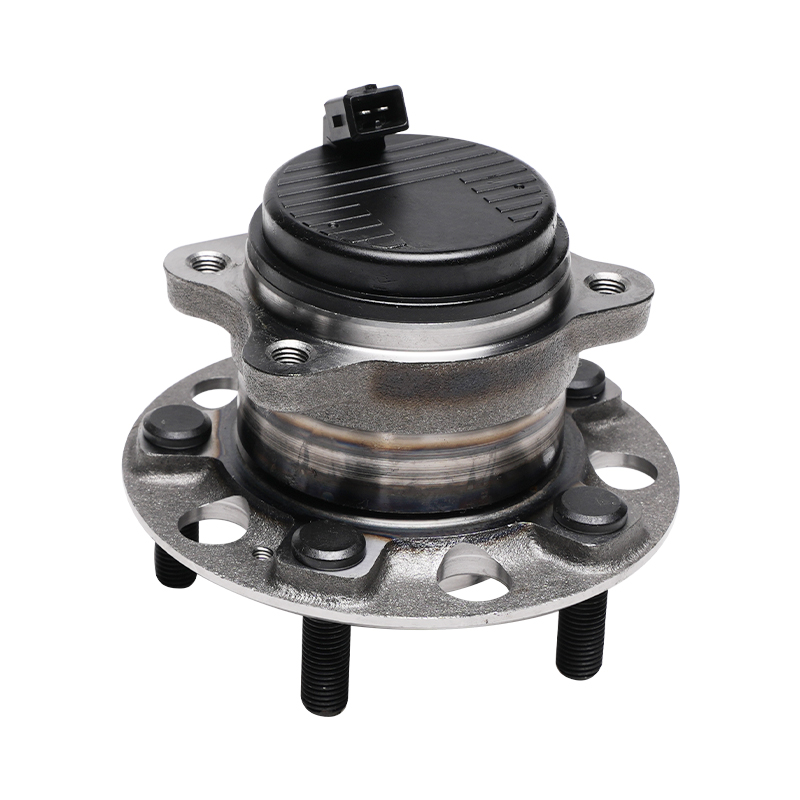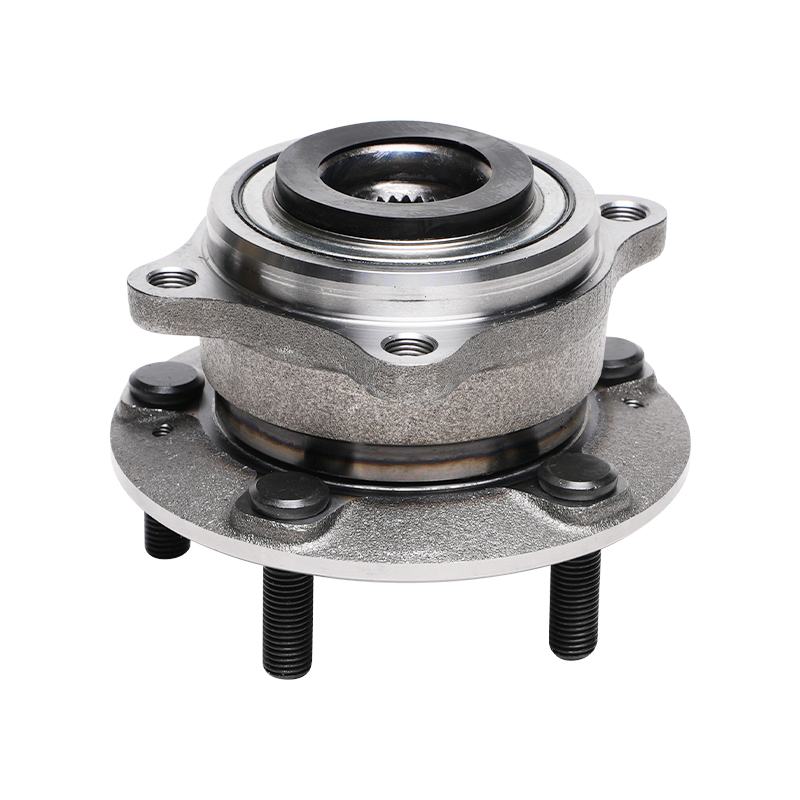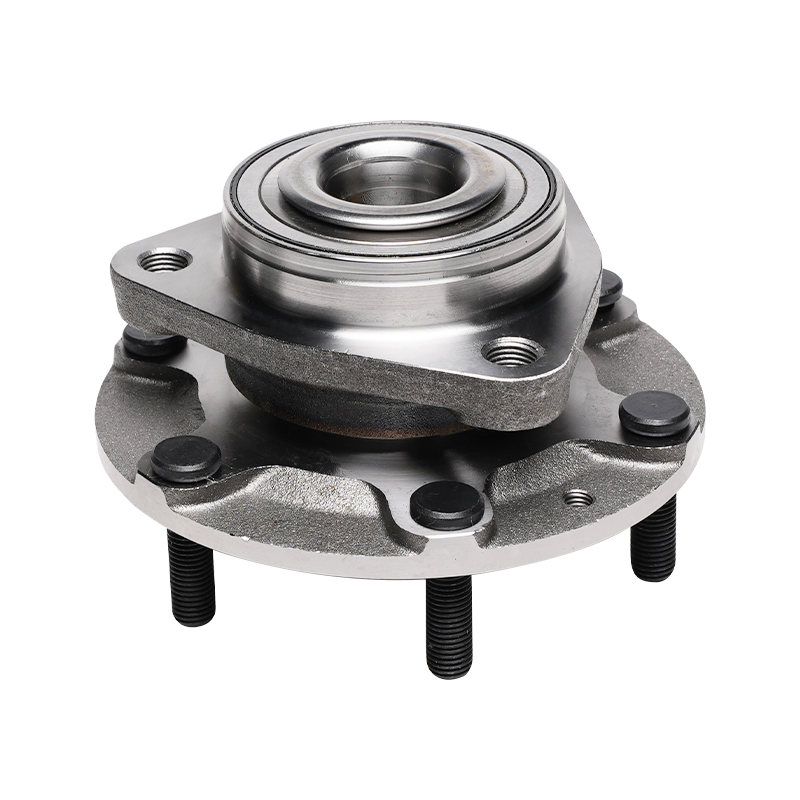Request for a call today
Wheel Hub Units: Key Components Driving Safety and Performance
 2025.08.01
2025.08.01
 Industry News
Industry News
Wheel hub units (WHUs) play a crucial role in modern automotive manufacturing and aftermarket repair. As the core structure connecting the wheel to the body, the WHU not only contributes to the vehicle's stability and handling, but also serves as a critical load-bearing fulcrum for the braking and suspension systems. As the automotive industry continues to evolve towards lightweighting, intelligent technology, and high performance, WHU technology is evolving with increasing complexity and precision, making it a crucial module in the automotive chassis system.
The Evolution of WHU Structure and Function
Traditional WHUs primarily consist of a wheel hub, bearings, and a mounting structure, supporting the vehicle's weight and enabling wheel rotation. Initial wheel hub bearing systems employed a split-body design, requiring separate installation and lubrication of bearings. This process was cumbersome and prone to damage due to mishandling. Modern WHUs are gradually transitioning to integrated structures, integrating components such as the wheel hub, bearings, and sensors into a compact unit, improving assembly efficiency and reliability.

Advances in manufacturing technology have led to the emergence of third-generation WHUs. This type of wheel hub unit not only features a double-flange design, enabling simultaneous wheel and suspension connection, but also comes pre-installed with an ABS speed sensor, providing more accurate dynamic data for the vehicle. The closed design of the wheel hub unit reduces the intrusion of dust, moisture, and corrosive agents, significantly extending its service life and significantly reducing maintenance frequency.
Performance Leaps Ahead with Material Selection and Process Improvements
Amidst the rapid advancements in materials science, the material selection of wheel hub units has evolved from traditional steel to high-strength alloy steels, aluminum alloys, and even composite materials. Modern high-performance wheel hub units prioritize weight control while ensuring strength, thereby reducing unsprung mass and improving vehicle handling response and fuel economy.
In terms of manufacturing, key components of the wheel hub unit are generally produced using precision forging, high-speed machining, and automated assembly lines, ensuring high fit and tight tolerances between components. In particular, processes such as induction hardening and ultra-precision grinding are incorporated into the bearing raceway treatment, ensuring low noise and long life despite high loads and high speeds.
New Directions in Intelligent Perception and Control Integration
With the rapid development of intelligent driving and active safety systems, wheel hub units (WHUs) are being equipped with more "perception" capabilities. An increasing number of manufacturers are integrating magnetic ABS sensors, wheel speed sensors, and even temperature sensors into WHUs, making them crucial nodes in the vehicle's data network. These sensors monitor key parameters such as wheel rotation, load changes, and temperature anomalies in real time, assisting systems like the vehicle's dynamic stability control (ESC) and anti-lock braking system (ABS) in implementing complex braking and driving strategies.
Future WHUs may evolve into even more highly integrated intelligent modules, including the concept of "wheel-mounted motor modules" integrated with the electric drive system. This next-generation WHU, integrating drive, braking, suspension, and sensing functions, will become a key research and development area in the new energy vehicle sector. They will not only further reduce transmission losses but also elevate vehicle chassis functions to a higher level of intelligent coordination.

The Deep Connection Between WHUs and Vehicle Performance
Although WHUs are small in size, their impact on vehicle dynamic performance is significant. From lateral stiffness to rotational resistance, from impact resistance to thermal stability, every performance parameter is directly related to a vehicle's driving safety and comfort. Especially in high-performance and off-road vehicles, wheel hub units must withstand more complex operating environments and higher dynamic loads, placing even more stringent demands on their structural strength, lubrication, and sealing.
Wheel hub unit maintenance and replacement also directly impact a vehicle's future operating costs. High-quality wheel hub units typically have longer service lives and lower failure rates, effectively reducing common problems such as uneven tire wear and steering tremors caused by bearing damage. Therefore, for vehicle manufacturers, selecting the right wheel hub unit is not only a technical decision but also a reflection of brand quality control.
As a core component of the automotive chassis system, the wheel hub unit is undergoing a profound transformation from a traditional mechanical structure to an intelligent module. It is more than just the fulcrum of the wheel; it is the fundamental carrier of various vehicle performance features, including safety, handling, and sensing. Driven by technological convergence and market competition, wheel hub units are entering a new era of greater intelligence, efficiency, and reliability.

